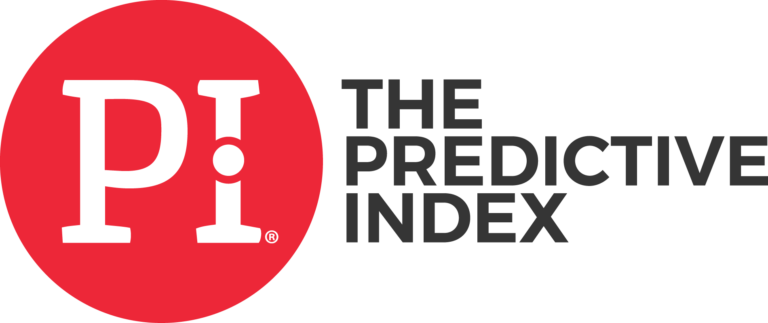CTA popup form
Sed ut perspiciatis unde omnis iste natus error sit voluptatem accusantium doloremque laudantium
"*" indicates required fields
Sed ut perspiciatis unde omnis iste natus error sit voluptatem accusantium doloremque laudantium
"*" indicates required fields
If you’re under pressure to reduce costs and can't see how else you can do it in an already pared-down, overburdened workforce, look at your absenteeism score and turn your profitability around by lifting engagement.

In our need to downsize, get leaner and cut costs, it seems to me we often overlook the obvious. While it’s all very well to reduce manpower to keep costs under control, the flip side of this is the additional pressure we place on those who remain.
More and more workers report increasingly high levels of stress. “Overwhelm” is a common theme, as people try to manage portfolios that just got bigger as a result of the latest round of redundancies. There’s more information than any of us knows what do to with, there are never enough hours in the day to fit it all in and the overload of work fuels procrastination, as people find it hard to know exactly where to start.
Where am I going with all this? Well, with increased stress comes poor work habits – staying back late, or coming in at the weekend, to try to get on top of it all – and those bad habits affect our well-being. And the less well we are, the more sick we become and the more sick we become, the more sick leave we take. And being sick doesn’t necessarily mean being “sick” – we all know that.
So, have you ever calculated the true cost of “sick” leave or absenteeism?
Organisations with a highly engaged workforce experience 37% less absenteeism. So let’s do the maths:
Let’s say you have an organisation of 100 people and, for convenience’ sake, let’s say the average salary is $50,000. During the course of a year, let’s say that “sick” leave averages out at 3 days’ absence per person – so a total of 300 sick days per year.
Now, the average worker works for 210 days per year (after annual leave and Public Holidays are taken into account), so each worker costs us roughly $238 per day.
Bottom-line is, those 300 sick days are costing us conservatively $71,400 per year. If we were to reduce absenteeism by 37%, we’d be saving $26,418 – or the equivalent of an extra pair of hands for half a year.
Don’t you think it might serve us to reduce absenteeism as a way to reduce costs, rather than reduce people?
How does one reduce absenteeism? Well, that’s where employee engagement comes into the picture. The more engaged workers are, the happier they are, the more productive they are (21% more productive in fact) and the less likely they are to be “absent.”
So here are three tips for creating an engaged workforce:
If you’re under pressure to reduce costs and can’t see how else you can do it in an already pared-down, overburdened workforce, look at your absenteeism score and turn your profitability around by lifting engagement.
Want to understand the value The Predictive Index could bring to your organisation? Book in for a free demo with Dawn
